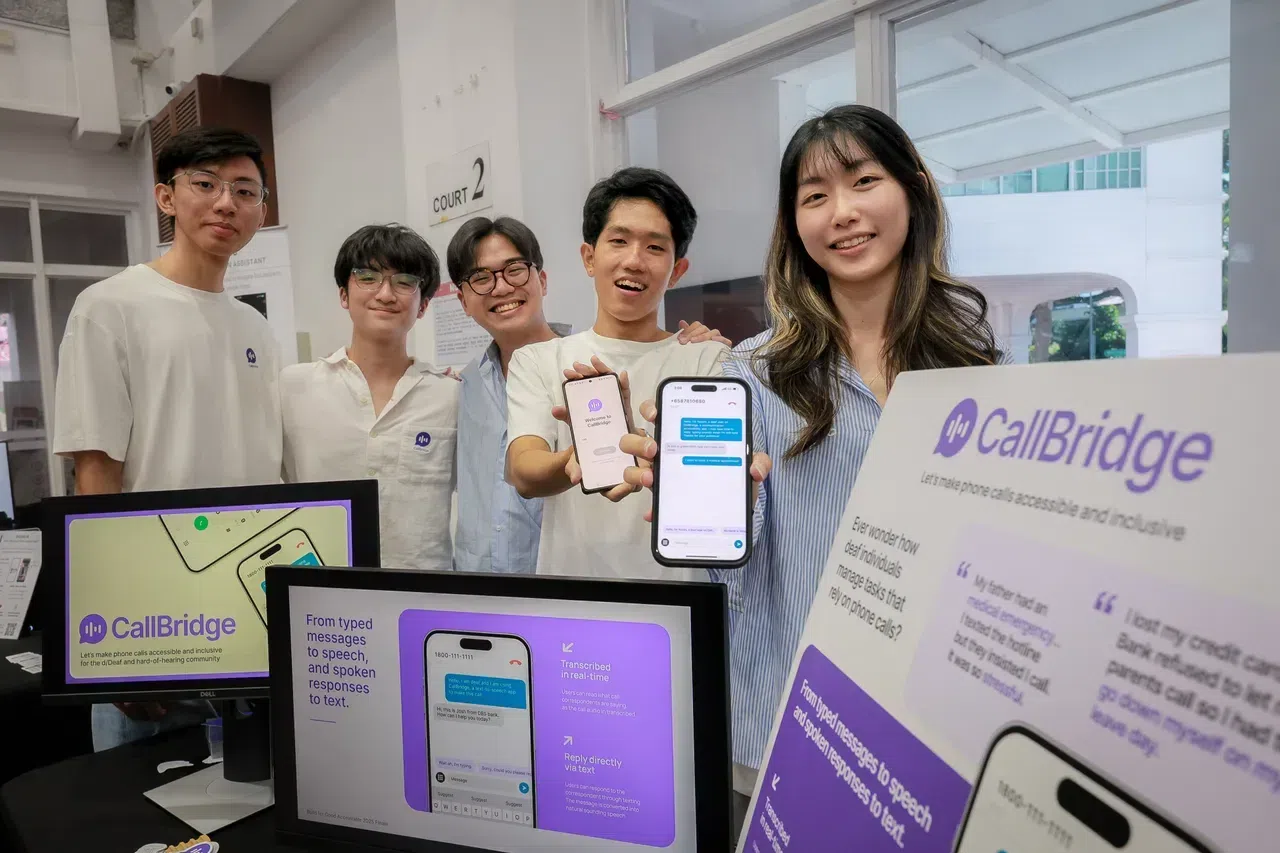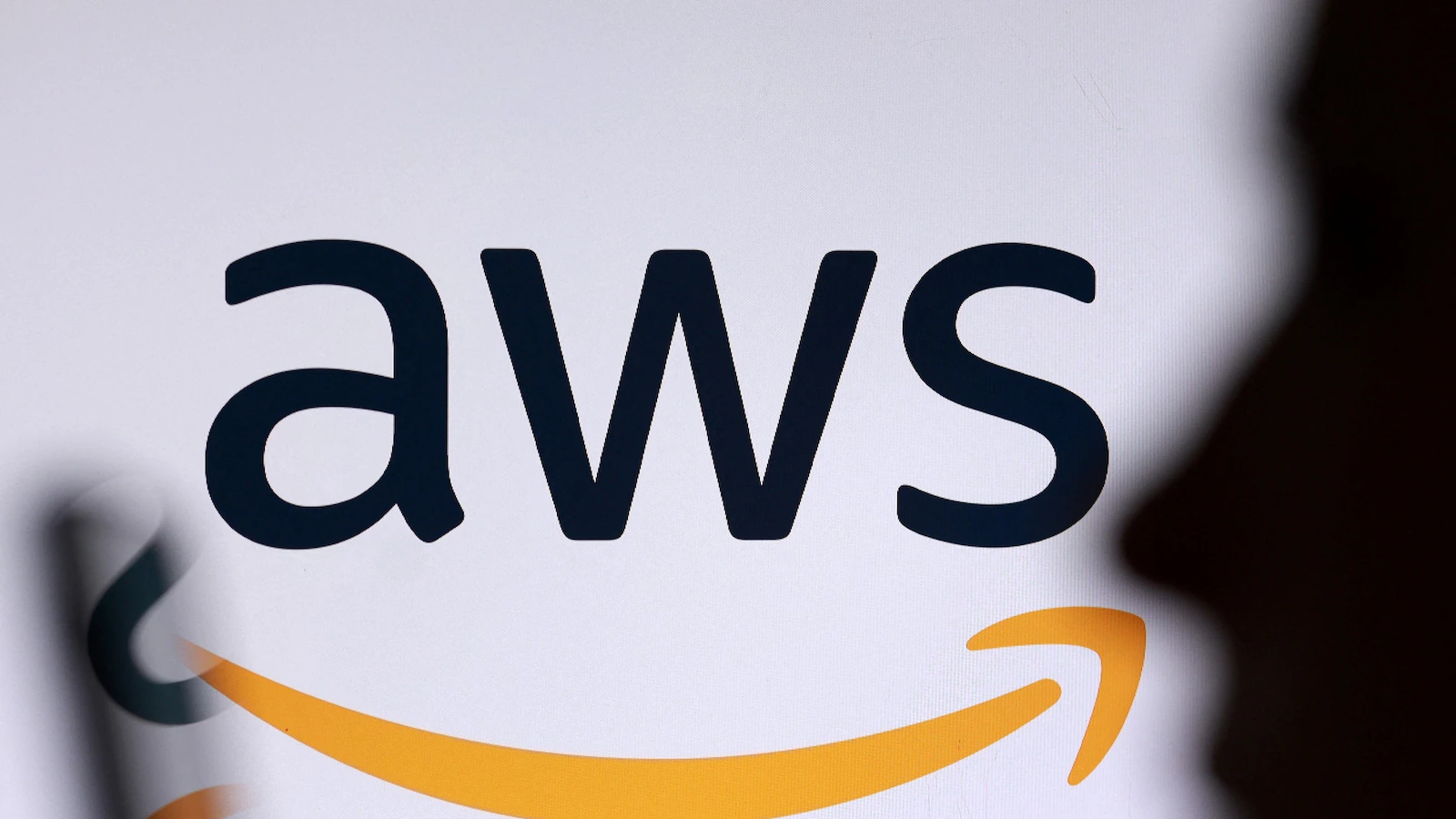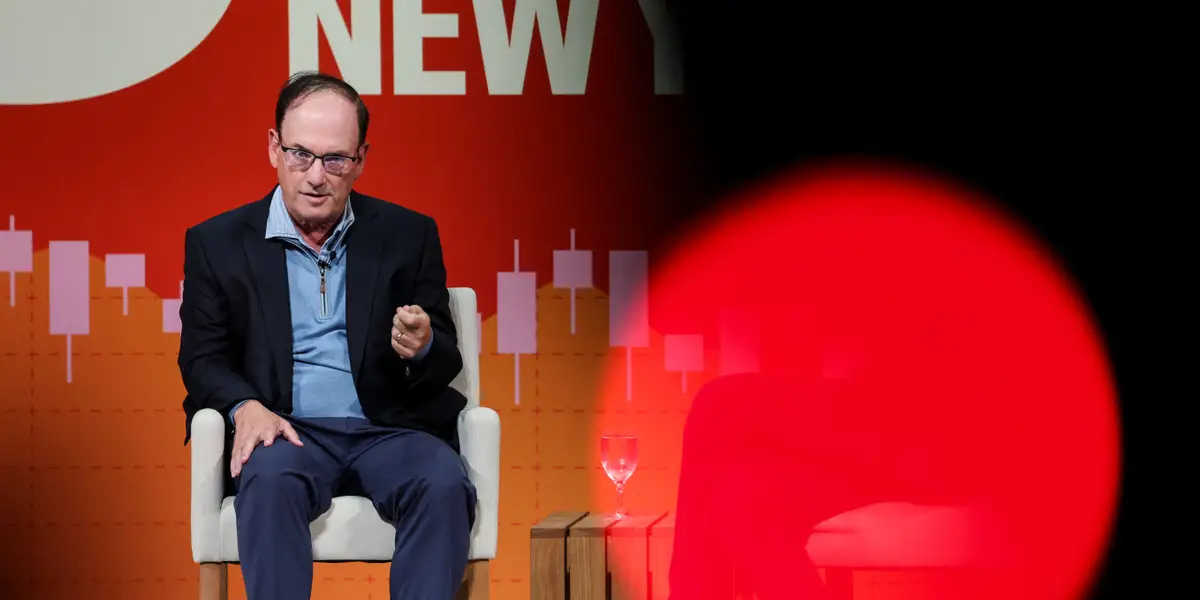Copyright tnp

For most of his life, 46-year-old Alfred Yeo has ignored all calls made to his phone. As he has been deaf since the age of five, even straightforward interactions with most people, such as calls with bank officers, are not possible for him. "Even government officers, forgetting that we are deaf, would call us," said the senior payroll associate in an e-mail interview with The Straits Times. This frustration is now a thing of the past for Mr Yeo, who can make and take calls using a locally developed app named CallBridge. While there are other apps with similar functions, including Nagish and InnoCaption, they are not available for use in Singapore. CallBridge uses speech-to-text technology to transcribe the spoken words of incoming callers, which users will first be alerted to via a push notification. Deaf users respond by typing their message, which will be converted into speech for the caller on the other end. When app users make a call, recipients will first be informed that they are communicating with a deaf person using CallBridge, and they should expect a longer response time. CallBridge was developed during the inaugural Sparks x Build for Good Community Hackathon in June, organised by the People's Association and Open Government Products (OGP) to encourage the youth to come up with tech solutions to tackle community challenges. The CallBridge members were one of five teams that advanced to an eight-week accelerator programme, where they received $20,000 and mentorship support from industry leaders to scale their projects. As part of the hackathon, CallBridge's five-strong development team joined a biweekly social gathering for deaf people, said team member Tan Yeo Shi Lee. "We went down to find out what their lived experiences were, and found out that they had a lot of issues with accessing services like those offered by telcos and banks," said the 26-year-old product manager at a tech start-up. "A lot of these hotlines are phone-only, so deaf people can't really (get) access unless they ask their family or friends to make the call for them. "They can also hire an interpreter, but there's a limited number in Singapore. E-mailing or texting the service might also work, but it can take days to get an answer." The app is currently available only in English, but the team will consider including more local languages once its basic functionalities are fully realised. CallBridge has been tested since August with around 10 deaf users, including Mr Yeo. The user feedback has led the team to improve the app's usefulness. "The voice we initially started off with was a robotic American voice, but then we realised that led to high rates of user hang-ups," said Mr Tan. Through OGP, the team linked up with ElevenLabs, a platform which specialises in AI voice models. "By recording a voice and running it through (ElevenLabs') website, we were able to generate a Singaporean-sounding voice to improve CallBridge," Mr Tan said. Customisable introductions and quick replies were also introduced to help CallBridge users reduce the time needed to give a response. Latency, or time lag, is a big issue for the team and an area its members are constantly working to improve. "If we put ourselves in the shoes of a recipient (of a CallBridge call), we will be more inclined to hang up if the caller's voice sounds suspicious and there are long pauses," Mr Tan said. Other features that have been progressively implemented include the sound of typing to indicate that a response is being formulated. The app is currently available for download only via a private link, but will be launched in app stores in November. Those interested to use the beta version can visit the team's website (callbridge.sg) to join a waitlist, said Mr Tan. Mr Yeo is delighted to use CallBridge to make calls to friends, as well as inform cab and private-hire drivers of his exact location. "Hearing people often do not know how to make the right moves to approach deaf people, and spend time worrying (about it)," he said. "But new technology is helping to improve accessibility for deaf people." Other than deaf users, the team has also tested CallBridge with helpline employees from the People's Association and the Public Service Division. "What is really important to us is that hotlines are aware that our app actually exists, which will then give deaf individuals the confidence to call in, knowing that their queries will be answered," said another member of the development team, Mr Wayne Tan, a second-year computer science undergraduate at the National University of Singapore. The team plans to establish more partnerships with agencies to make them more accessible to deaf people, said Mr Wayne Tan. This includes training helpline staff in communicating with CallBridge users, which is what the team is currently working on with social service agency Montfort Care. The Singapore Association for the Deaf puts the number of people here with some form of hearing loss at half a million, though only around 5,400 are registered with the organisation. An increase in the number of registered clients over the years can be attributed to the ageing population, according to information found on the association's website. Mr Yeo said: "To many, CallBridge is just another app that they might shrug at because they don't miss out on anything. But it can help us deaf users connect to hearing callers."



